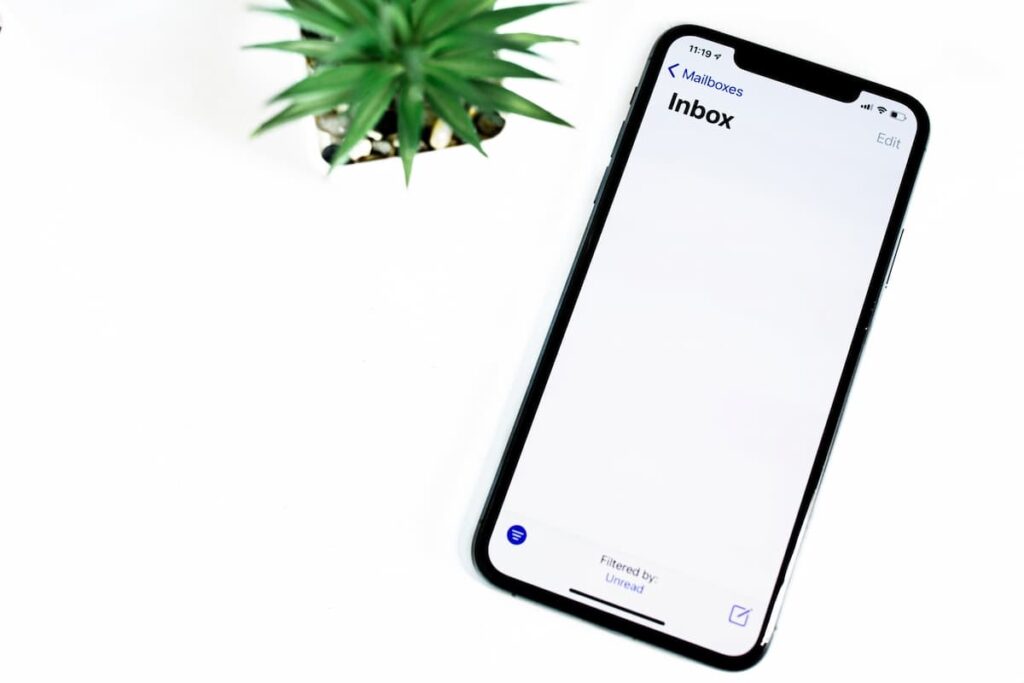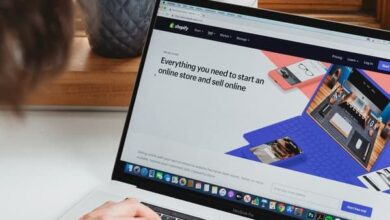What Email Marketers Need to Know
When you send a commercial email message to your ‘email subscribers, which are contacts who have joined up for your email list and given express consent to receive email communications from you, you are engaging in email marketing. Email marketing is used to keep your customers informed, increase sales, and create a community around your business. Modern email marketing has shifted away from mass mailings that are one-size-fits-all in favor of consent, segmentation, and personalization.
That’s correct, email marketing isn’t simply for you or your business. It’s all about your client. Your subscribers will not only read your emails if you follow this golden rule, but they will look forward to hearing from you every time. Email should be your best marketing friend until you have the manpower, free time, and capital to create a personal relationship with each of your prospects and customers.
Getting Started with Email Marketing
Let’s break down a few important stages to get you started constructing a good email campaign that will delight customers before you get overwhelmed by the limitless possibilities of email marketing. These steps can be thought of as the steps to creating an effective email marketing strategy.
Create an Email Marketing Strategy
Every day, each of your consumers receives 121 emails. That implies that if you don’t take the time to plan ahead, your emails will get lost in congested inboxes or, worse, end up in the spam bin. Think of the following steps as an outline for your email strategy.

Define Your Audience
A relevant email is an effective email. Start with your buyer persona, learn what they want, and design your email campaign to meet their demands, just like anything else in marketing.
Establish Your Goals
Gather some background information before deciding on your marketing objectives. Examine the average email statistics for your industry and use them as a guide for your objectives.
Make a Schedule
Decide how frequently you’ll contact your list, let your audience know what to anticipate up front, and keep to a consistent schedule to create trust and ensure that they don’t forget about you.
Decide What to Write
It’s time to think about your content now that you know who you’re writing to. What do you want to say to the people who will be listening to you, How do you plan to sell your content. Always keep in mind what they signed up for while sending emails.
Different Types of Marketing Emails
Emails can be promotional or informative, and they all have a purpose along the buyer’s journey.
Promotional Emails
Whether it’s to promote a special offer, a new product release, an eBook, or a webinar, email marketing campaigns are used. A campaign could be made up of three to ten emails that are sent over a period of days or weeks.
The call-to-action in promotional emails is quite apparent (CTA). The CTA denotes the precise action you want the reader to perform, such as visiting a website or purchasing something.
This is a crucial email to get right. If you don’t, you can get a lot of unsubscribes or people who just erased your message without reading it. Sending too many promotional emails to your target audience/recipient may irritate them. Only use this when you have a new product or service to promote, a great bargain to provide, or a special event coming up.
Informational Emails
Informational emails are short and usually do not compel the subscriber to take any action. They exist just to deliver a message and supply information to the intended recipient. Happy birthday or other milestone type messages, course closing reminders, or webinar reminders are examples of educational emails.
What, Specifically, is Changing
Email has been around for more than four decades, and email marketing (and spam) has been around almost as long. Despite the fact that people quickly grasped the business potential of this platform, email marketing today looks nothing like it did in 1991 when the globe went online.
Snooze Emails for Later Viewing
When you get a lot of email during the day, it’s easy for critical communications to get buried in the shuffle. Snooze is a useful function in Email that allows you to bring an email back to your attention at a later time.
Use Email without an Internet Connection
When you need to access your email, you may not always have a solid internet connection, which is where Email’s offline mode comes in handy.
Expiration Date and Passcode for Sensitive Emails
It’s a good idea to use Email’s confidential mode if you’re sending private material via email. This tool allows you to specify an expiration date and a passcode for individual emails, as well as block recipients from printing, forwarding, or downloading the contents of those emails.
Working of Tracking Pixel
A tracking pixel (also known as a 1×1 pixel or pixel tag) is a 1×1 pixel graphic that loads when a user visits a website or opens an email. Because it is so little, visitors to a website or email recipients are unlikely to notice it. These tracking pixels are designed to be partially or completely translucent, or disguised in the website background color, so that they do not stick out to users. The tracking pixel is normally hidden from view by the user. The attention is primarily on the procedures that are started when the tracking pixel is downloaded.
The tracking pixel is added by the website operator or the sender of an email using a code in the website’s HTML code or email. An external link to the pixel server is included in this code. The client – usually the user’s browser – processes the HTML code when a user accesses the destination webpage. The browser clicks on the link and the (invisible) graphic appears. The browser clicks on the link and the (invisible) graphic appears. This is recorded in the log files of the server.
In addition, this method transmits a variety of information about the user. Combination with JavaScript is required to collect information about the operating system or browser type to some extent.
A tracking pixel can be used to collect and analyze the following data.
- The operating system that was utilized (gives information on the use of mobile devices).
- The type of website or email that was utilized, such as mobile or desktop.
- The type of client that was utilized, such as a browser or a mail software.
- The screen resolution of the client.
- During a session, you can do things on the website (when using multiple tracking pixels).
- IP (internet protocol) address (gives information on the Internet Service Provider and location).
Effect of Tracking Pixel
Those tracking pixels might provide a security risk to a website. Sites are welcoming the same risks into their e-commerce sites as a result of so many brick and mortars being hacked. Third parties can utilize the tracking pixels on the brand site to obtain data about your clients, therefore the data that is important to a brand is also valuable to them.




